What the Secret Service agent saw e when JKF was assassinated
Secret Service agent Paul Landis was with John F. Kennedy in Dallas when he was assassinated 60 years ago, and is one of the few surviving witnesses. His account up-ends the findings of the official verdict.
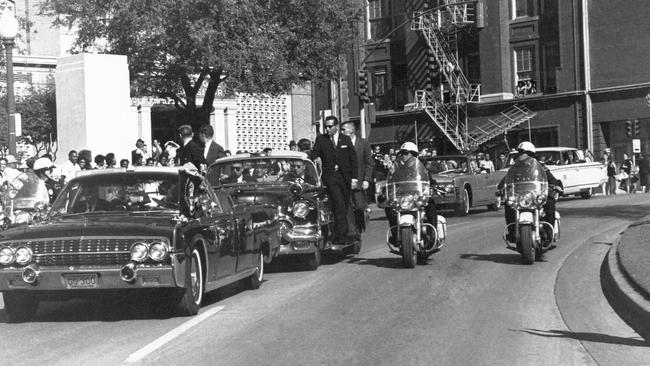
Special Agent Paul Landis was standing on the rear running board of the Secret Service car behind John F. Kennedy’s limousine as it motored through downtown Dallas on November 22, 1963, when he heard a gunshot from a high-powered rifle and looked over his right shoulder.
Within seconds there was another shot and then another that struck Kennedy in the head. Landis was looking at the president when that fatal shot rang out. He saw the president’s head explode with a pink spray of blood, flesh and brain. He ducked as the follow-up car drove through it.
Landis, 88, recalled the grim scene in Dealey Plaza 60 years ago in an interview with Inquirer this week. Landis, one of the few surviving witnesses to the assassination, has published a book that is both compelling and harrowing, and challenges the findings of the Warren Commission into the murder.
“I knew we were under attack,” Landis says when he heard the first gunshot. “In my mind, I was trying to justify the sound as something else, like a motorcycle backfire or a tyre blowout, even though I knew. My thoughts were: we just had to go, go, go. Got to get out of there fast. But at that point it was too late.”
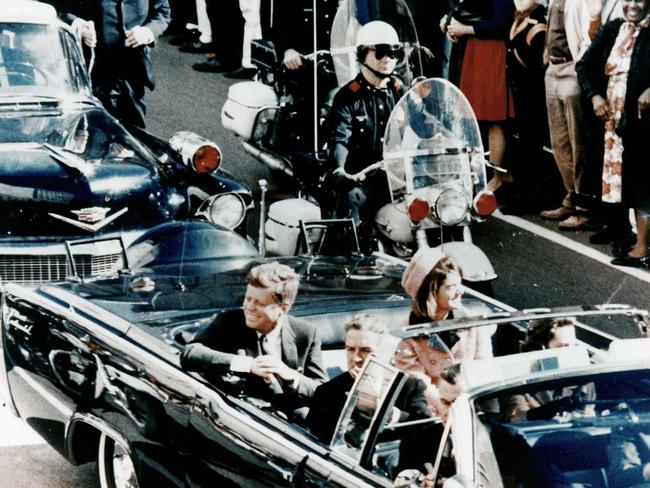
After the first shot, Special Agent Clint Hill sprinted from the follow-up vehicle, Halfback, to the president’s vehicle, SS-100-X. As he reached for the grab bar, the limousine accelerated and there was another shot. As Hill began to pull himself up, another shot hit the president in the head. Kennedy’s wife Jackie leapt out of her seat with a look of fear, panic and bewilderment in her eyes.
“He pushed her back, covered her and the president’s body,” Landis continues. “But he turned back and looked at the follow-up car, shook his head and made a thumbs down sign. I knew that meant, like anybody being hit like that, there was little chance. I think the president died immediately at that point.”
When I interviewed Hill in April 2013, he confirmed that Jackie had crawled over the car boot to scoop up parts of her husband’s head rather than help Hill on to the vehicle. “There was a look of terror in her eyes,” Hill said. She did not notice him. Hill recalled being covered “blood, parts of his brain and bone” and seeing inside Kennedy’s head and his eyes fixed.
The assassination in broad daylight of a president who was young, charismatic, popular, respected and, for many, inspirational is as shocking now as it was then. That it was also captured on 8mm colour film by Abraham Zapruder, a local clothing manufacturer, only deepens the trauma. Still frames were published in Life magazine but the film was not broadcast until 1975.
Landis recalled the enthusiasm of the crowds who came out to greet the Kennedys on their trip to Texas, a key campaign stop in the lead up to the November 1964 election. They were joined in the front car by Texas governor John Connally and wife Nellie. Vice-president Lyndon Johnson and wife Lady Bird followed in a car behind.
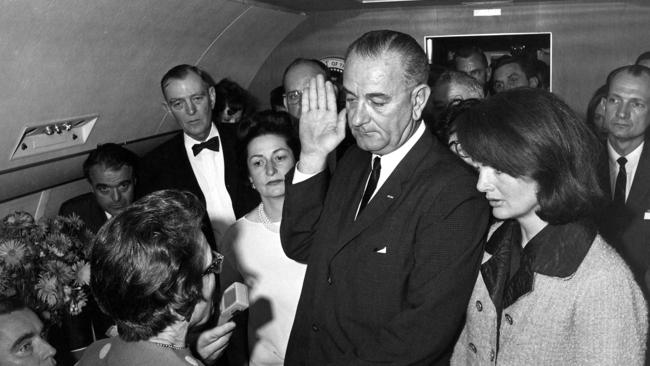
“There were no signs of trouble,” Landis remembers. “The crowds were just like the day before. Everywhere we went, they were cheering, they were hollering, ‘Jackie, Jackie, Jackie’. They wanted to see Jackie, more so than the president. After we left Love Field (airport) and reached downtown Dallas, on Main Street, it was unbelievable.
“They pushed out from the sidewalks, both sides of the streets, cheering, yelling. They were hanging out of windows, standing and sitting on fire escapes. We even had somebody on top of a theatre marquee. The reception was 100 per cent positive. There were no signs of any animosity at all.”
Kennedy had requested Secret Service agents not stand on the back step of the limousine because it would block him from public view. He also made it clear he preferred the bubble top to be off the limousine. Landis confirms the decision to remove the bubble top was made by the Secret Service. It had been raining earlier in the day and the sky was clearing above Dallas.
Amid the shock, chaos and confusion of the shooting, the presidential limousine and Secret Service back-up car sped to Parkland Memorial Hospital. On arrival Kennedy’s protective detail immediately discussed the need to safeguard Johnson, who arrived shortly after. Hill slid off the boot and went to the right side of the limousine to help get the president into the hospital.
Landis had been assigned to the first lady’s detail, working with Hill, in October 1962. His place was with her. He went to her left side of the limousine. She was soaked in blood with the president’s head in her lap. She was trying to cover it up. He gently tried to help her up and release her husband. “Come on, Mrs Kennedy, let me help you,” he begged. “No, I want to stay with him,” she replied.
Hill and Landis stepped inside the back seat of the limousine. He then realised Connolly also had been shot. A gurney arrived and the governor was taken inside. The first lady refused to let go of the president. Landis saw two bullet fragments in a pool of bright red blood on the seat, picked up the larger one and then put it back. Hill eventually persuaded the first lady to release the president.
As she stood up, something else caught his eye: a pristine bullet resting in a seam on top of the black leather seat cushion. It had been behind where the first lady was sitting. He picked it up, looked at it and, amid the commotion and distress, dropped it into his right suit jacket pocket. He thought it was important. He also took her purse and pink pillbox hat.
“I was worried that it would get lost,” Landis explains about the bullet. “I looked around. I saw nobody to secure the car. I didn’t want a souvenir hunter to find it.” He followed the first lady, behind the president on a gurney, into the hospital. It was a frantic scene. There was shouting and pushing, and people running in every direction.
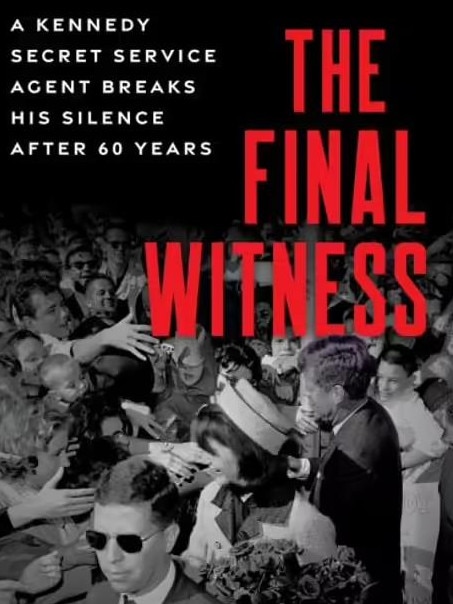
In Trauma Room No.1, Landis decided to put the bullet on the president’s stretcher. “I made a quick decision that this was where the bullet belonged – with the president’s body,” he says. “It was an important piece of evidence, and I thought the doctors would find that and it would be a help to them. I did not realise what happened to that bullet afterwards.”
That bullet was found on a stretcher, believed at the time to have been used by Connolly, and labelled as Exhibit 399 by the Warren Commission, tasked with investigating the assassination. Landis suggests Kennedy’s stretcher got mixed up with Connolly’s stretcher or perhaps they bumped together and the bullet transferred.
The significance of this is that the Warren Commission concluded there were three shots fired by Lee Harvey Oswald from the sixth-floor window of the Texas School Book Depository building. The first shot likely missed, hit the footpath and grazed a bystander. The second passed through Kennedy’s neck and zigzagged, causing multiple wounds in Connolly. This is the so-called magic bullet theory or single bullet theory. And the third hit Kennedy in the head.
Landis’s claim means there must have been more than three shots fired and probably more than one shooter. It up-ends the findings of the Warren Commission. He admits the single bullet theory, justifying multiple entry and exit wounds, is crazy but is reluctant to say anything more, other than that he has doubts about the official findings. “All I’m doing is telling people what I saw and what I did, and nothing more than that,” Landis says. “I’m not making any assumptions here.”
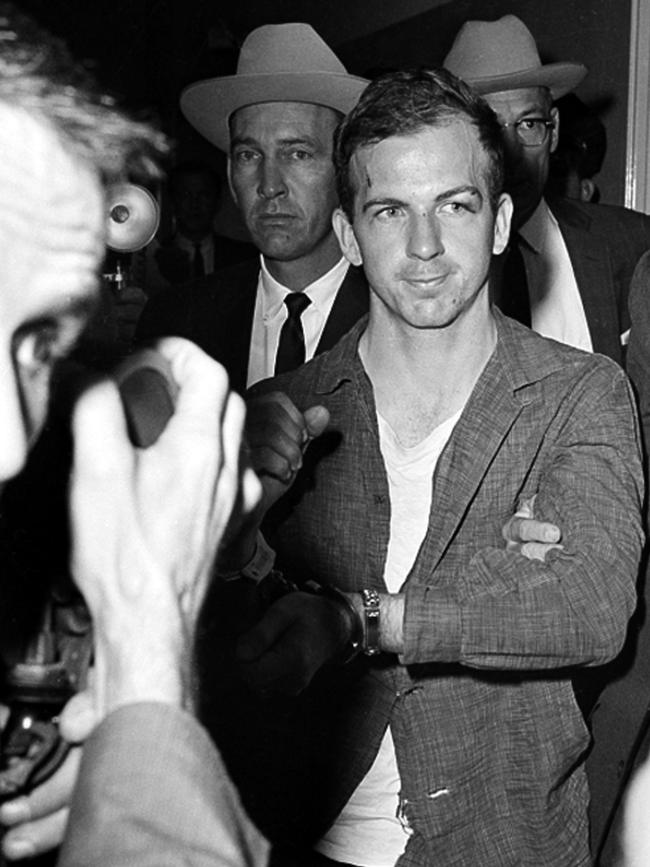
It makes a lot of sense because a single bullet passing through Kennedy’s neck and causing multiple wounds to Connolly and then falling out on to a stretcher in pristine condition seems ludicrous. Connolly did not believe it. Phyllis Hall, a nurse in the trauma room, gave interviews 10 years ago saying she saw the pristine bullet on Kennedy’s stretcher. An undercharged bullet may have lodged in Kennedy’s back and then fallen out.
Landis did not reveal the pristine bullet he found at the time in two written reports, but he was not called to testify before the Warren Commission, nor was he interviewed by the FBI. He says he did not read the Warren Commission report until 2018 and did not read anything about the assassination until 2014. He did not talk to any other agents about what happened. There was no counselling provided by the Secret Service. Confusion, chaos, shock, trauma, stress, he suggests, explains why he did not mention it at the time. He was also focused on the first lady.
In later years, that horrific scene in Dealey Plaza remained seared into Landis’s memory, as if a videotape was repeating again and again. He tried to forget it. There was no suggestion in the interview, or in the book, that his story lacks credibility.
The Secret Service was eager to get Johnson to Air Force One, sworn in and returned to Washington. The first lady refused to leave the hospital without her husband, who had been pronounced dead. Texas authorities insisted the body remain for an autopsy; this was ignored by the Secret Service. Kennedy’s body was taken by hearse to the waiting plane.
Landis says by the time he climbed aboard and slumped into a seat in the front passenger area, he turned towards the window and broke down completely. He cried. He could not erase that scene from Dealey Plaza from his mind. Back in Washington, he travelled with the first lady and the deceased president to Bethesda Naval Hospital for the autopsy, and then to White House nine hours later.
He continued on the former first lady’s detail for another six months. Unable to shake the nightmares, Landis quit the Secret Service. “Everybody felt responsible, and I think a little guilty, to the public and the country,” he says. “There is no way we could have prevented it, but it still hurt.”
Before joining the first lady’s protective detail, Landis had protected the Kennedy children, Caroline and John Jr, and before that Dwight D. Eisenhower’s grandchildren. His book is filled with charming stories of the Eisenhowers and Kennedys, and their families. The lingering grief was compounded by how much he liked and respected both John and Jackie Kennedy.
“Mrs Kennedy did not sit still,” Landis recalls of the months after the assassination. “She didn’t give us time to sit around and breathe. She travelled; she kept on the move. Clint and I were the only two agents assigned to her. It was a 24/7 job, and we just did it together as best we could. Before the assassination she was kind of carefree. She had a subtle sense of humour, very friendly, easy to talk to, but on a formal basis. What I remember after the assassination is that there were a lot of tears. She was going through the shock and a rough time then too.”
Ahead of the 60th anniversary of Kennedy’s assassination, Landis says there are questions that remain unanswered. In recent years, the US National Archives and Records Administration has made public thousands of government documents relating to the assassination, but thousands still remain secret.
“My main hope with the book is they will reopen the investigation into the assassination that will let people know the truth,” he says. “I’d like to see them release the documents that are now under lock and key … I hope what I saw and what I did helps a little bit.
“The rest is up to somebody else to figure out.”
Paul Landis’s The Final Witness: A Kennedy Secret Service Agent Breaks His Silence After 60 Years is published by Chicago Review Press.


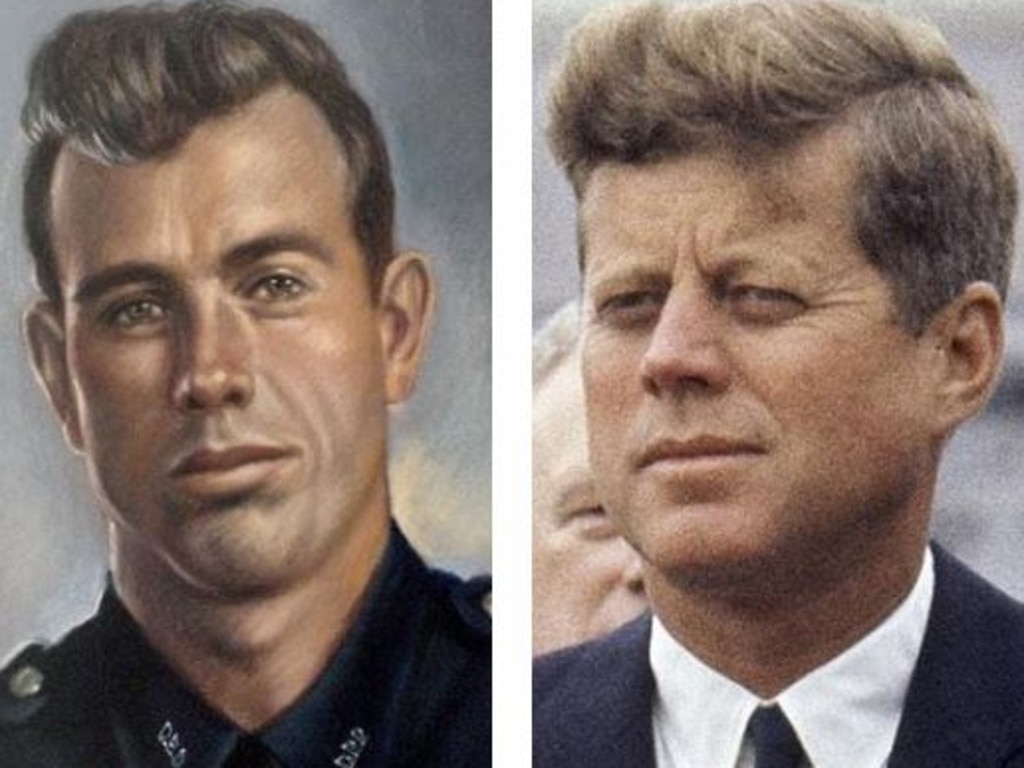
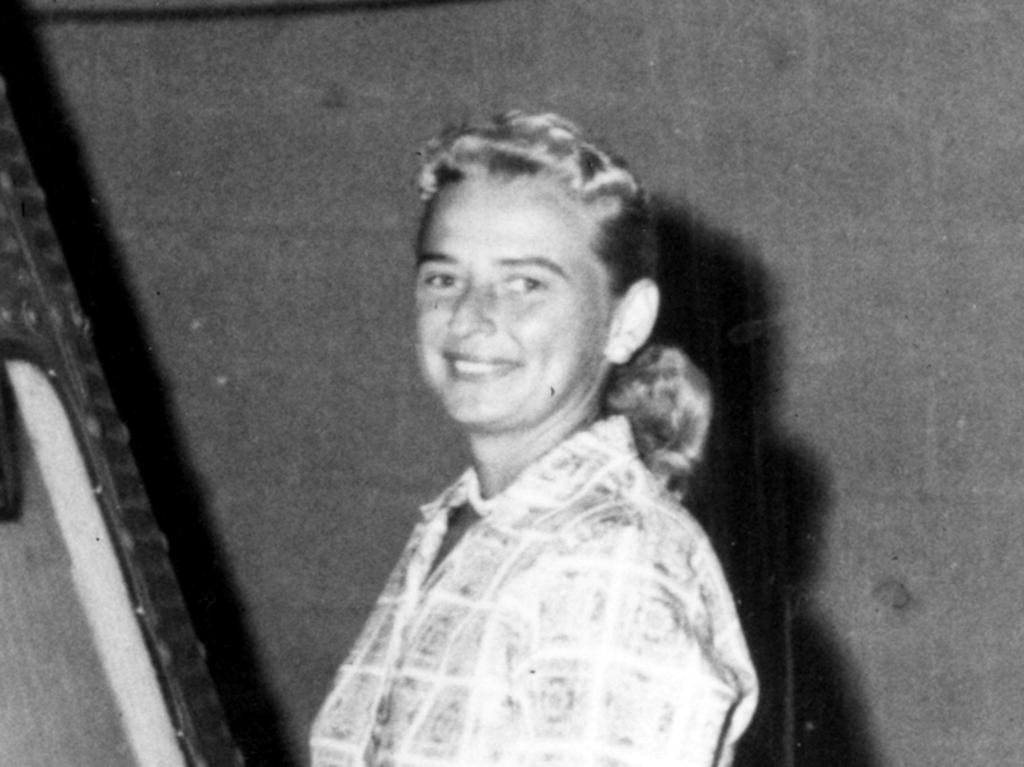
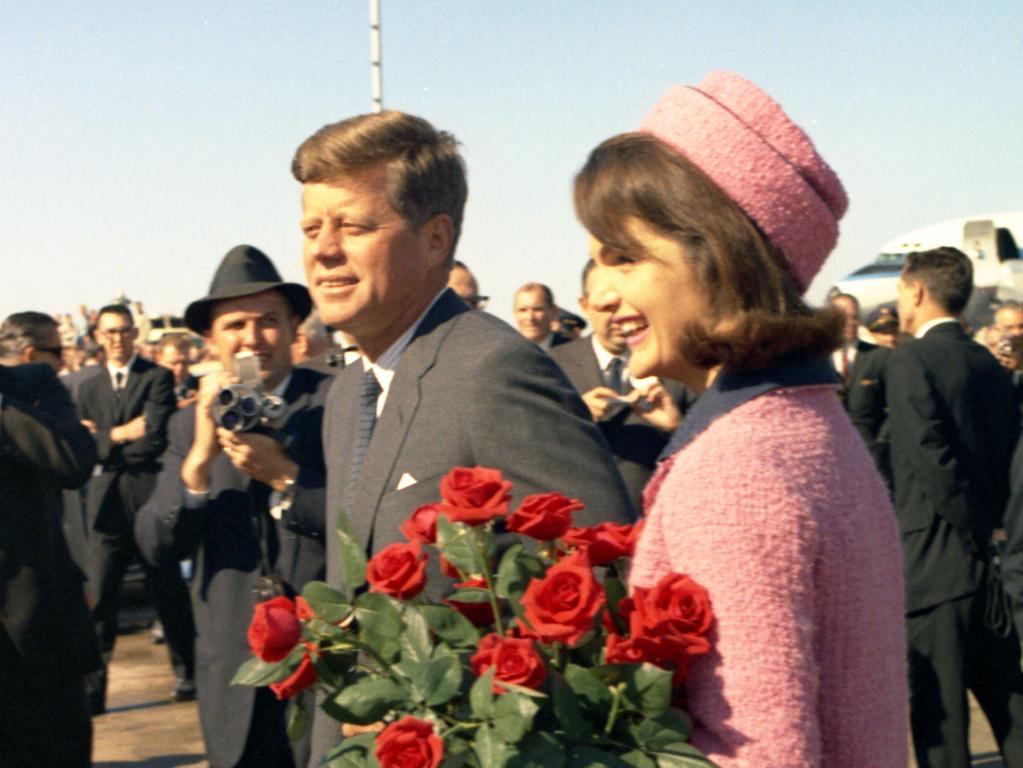

To join the conversation, please log in. Don't have an account? Register
Join the conversation, you are commenting as Logout